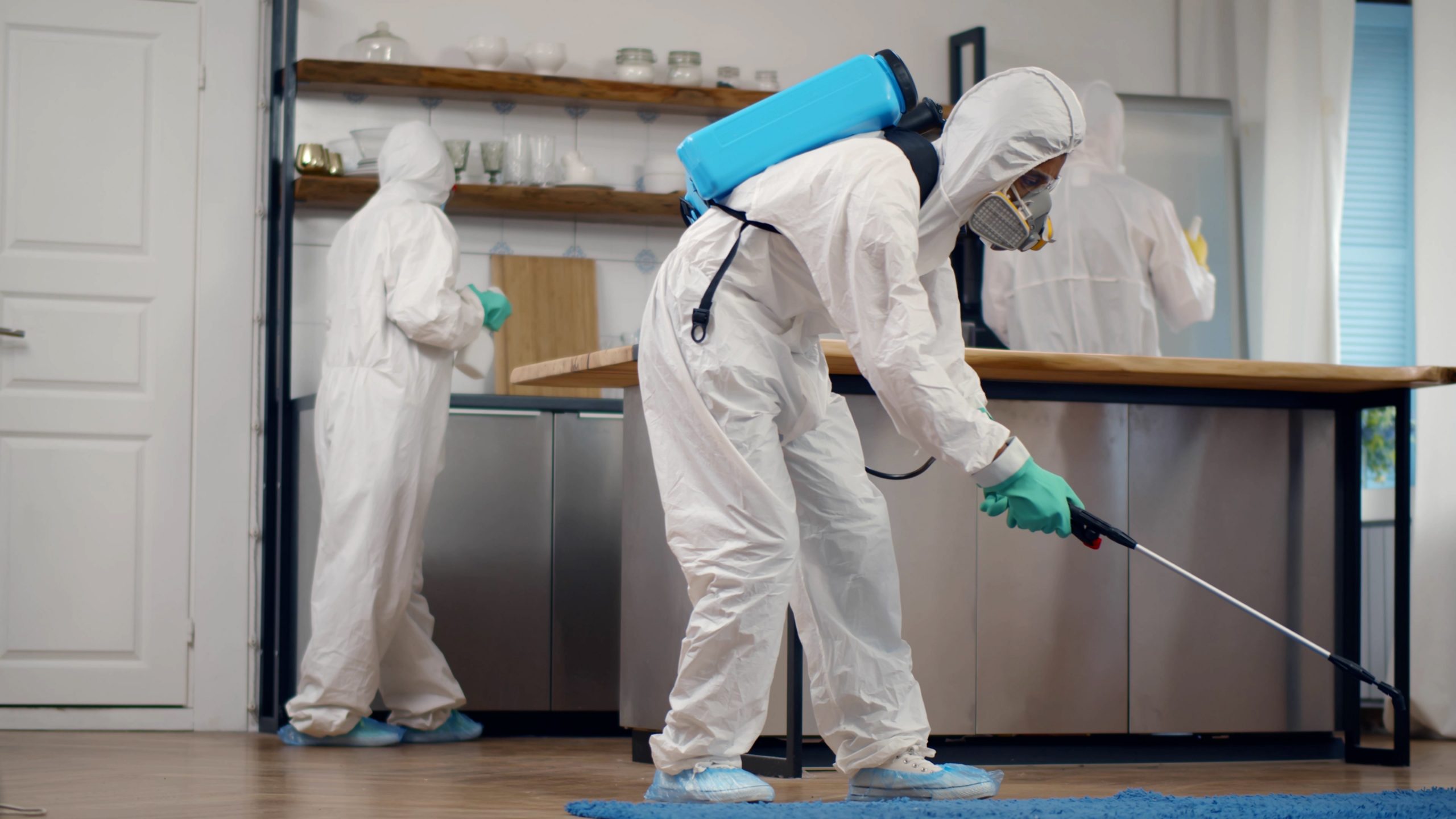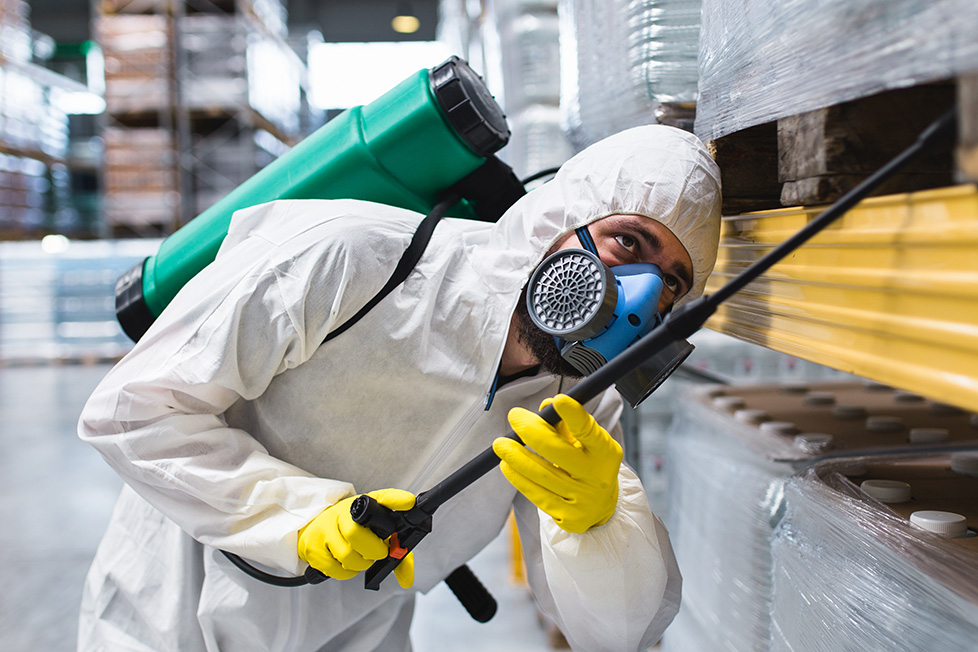End infestations before they spread with Pest Control treatments today.
End infestations before they spread with Pest Control treatments today.
Blog Article
Eco-Friendly Parasite Control Approaches for Handling Wildlife in Urban Areas
Urban locations usually discover themselves at the junction of human activity and wildlife, leading to distinct challenges in insect administration. Environment-friendly strategies highlight lasting coexistence, utilizing methods such as habitat alteration and all-natural repellents to minimize human-wildlife disputes. These methods not just safeguard the atmosphere but likewise enhance area interaction in wildlife monitoring. As city populaces remain to expand, understanding the characteristics of wild animals communications becomes significantly crucial. What ingenious techniques can be carried out to guarantee both eco-friendly equilibrium and metropolitan safety and security? Exploring this inquiry discloses a compelling landscape of prospective solutions.
Comprehending Urban Wild Animals Dynamics
Comprehending Urban Wildlife Characteristics is vital for developing reliable and environment-friendly parasite control approaches. Urban locations are significantly becoming habitats for numerous wildlife species, driven by aspects such as habitat fragmentation, food schedule, and human infringement. Acknowledging these dynamics enables a nuanced strategy to pest monitoring that aligns with eco-friendly principles.
Urban wild animals usually includes species such as raccoons, squirrels, and birds, which adapt to city settings, finding specific niches in eco-friendly rooms, parks, and even suburbs. Their visibility can bring about conflicts with people, especially when they exploit personnels for food and shelter. Understanding the actions and ecological functions of these varieties informs approaches that minimize unfavorable communications while promoting biodiversity.
In addition, recognizing the interdependencies within city ecosystems helps in recognizing essential areas for habitat conservation and remediation. This knowledge adds to the growth of incorporated bug monitoring (IPM) techniques that take into consideration the environmental equilibrium, consequently reducing dependence on dangerous chemicals. By fostering coexistence in between people and urban wild animals, cities can create healthier environments that benefit both citizens and neighborhood ecological communities, leading the way for lasting urban living.
Natural Repellents and Deterrents
All-natural repellents and deterrents supply a sustainable option to standard bug control techniques by harnessing the power of nature to keep undesirable types away. These environment-friendly services typically make use of plant-based ingredients, important oils, and various other naturally taking place compounds that prevent bugs without harming the environment.
One efficient natural repellent is peppermint oil, which is recognized to push back rats and bugs. Its strong scent is unpleasant to many parasites, making it a popular choice for metropolitan setups. Vinegar and citrus peels can serve as deterrents, as their strong odors are usually uninviting to numerous wildlife.
In addition, diatomaceous planet is a natural powder that can be spread out in locations prone to parasite task, properly drying out and preventing bugs without posturing dangers to non-target types. Garlic sprays and neem oil are identified for their ability to drive away a vast array of parasites, consisting of both pests and larger wild animals.
Applying these all-natural repellents not only decreases reliance on chemical pesticides however also advertises a healthier urban environment, cultivating an extra balanced coexistence between human beings and wild animals. By using these methods, metropolitan areas can effectively manage bug populaces while reducing environmental effect.
Habitat Alteration Techniques
Reliable environment adjustment strategies play a crucial function in sustainable pest administration by altering the setting to make it less for pest invasions. By recognizing the environmental dynamics of metropolitan areas, homeowner can carry out strategic modifications that hinder pests while advertising biodiversity.
(Lawn pest control Port Charlotte)One key strategy includes keeping proper cleanliness. This consists of normal waste elimination, securing trash bins, and removing standing water to minimize reproducing sites for pests and rats. Additionally, landscape design practices such as selecting native plants can enhance eco-friendly balance, offering environments for helpful microorganisms while decreasing resources for parasites.
Another essential technique is to seal access points in structures. Evaluating and repairing splits in foundations, wall surfaces, and home windows can considerably lower insect access. Furthermore, creating physical obstacles, such as fences or plant buffers, can inhibit wild animals motion into human-inhabited locations.
Integrated Parasite Monitoring Practices
Building upon habitat adjustment methods, incorporated bug administration (IPM) techniques provide a holistic strategy to controlling pest populations while lessening ecological impact. IPM integrates various methods, including organic, cultural, mechanical, and chemical controls, to achieve effective pest monitoring.
Organic control entails the introduction of all-natural predators or parasites to minimize parasite populations. Social methods, such as plant rotation and sanitation, disrupt pest life process and decrease their habitats - Pest control service. Mechanical controls, like catches and barriers, provide instant remedy for parasite stress without chemical treatment
Chemical controls are utilized as a last hope, concentrating on targeted applications that restrict injury to non-target types and the atmosphere. The selection of eco-friendly chemicals, when required, is essential to the IPM framework. In addition, keeping an eye on pest populations and analyzing potential damage helps notify decision-making, making sure that treatments are timely and effective.
Community Participation and Education

(Ant control Port Charlotte)Workshops and informative sessions can equip locals with understanding about indigenous varieties, environment conservation, and efficient non-toxic insect administration strategies. Cooperation with colleges, regional companies, and federal government agencies further enhances instructional outreach, ensuring that important info gets to varied target markets.
In addition, community-led initiatives, such as community clean-up days and environment restoration jobs, not only promote biodiversity however additionally reinforce neighborhood connections. Pest control service. By urging homeowners to share their experiences and monitorings, areas can develop targeted methods that attend to particular local bug concerns
Including feedback from citizens into pest administration prepares allows an extra receptive and flexible strategy to wildlife difficulties. Inevitably, notified and engaged neighborhoods are crucial to achieving long-lasting success in eco-friendly pest control, bring about healthier metropolitan environments that value both human and eco-friendly needs.

Conclusion
In final thought, environment-friendly insect control approaches deal lasting services for managing city wildlife. By focusing on habitat adjustment, making use of all-natural repellents, and carrying out incorporated pest monitoring techniques, communities can foster an unified coexistence with local fauna.
Report this page